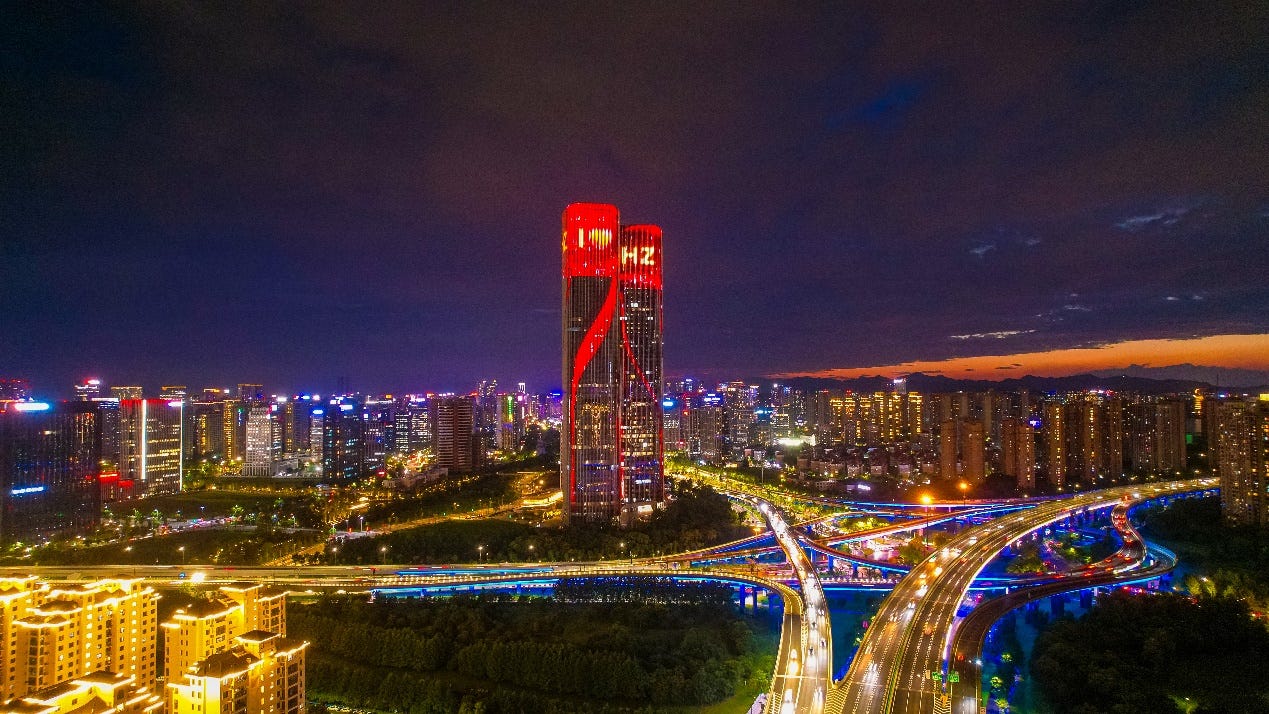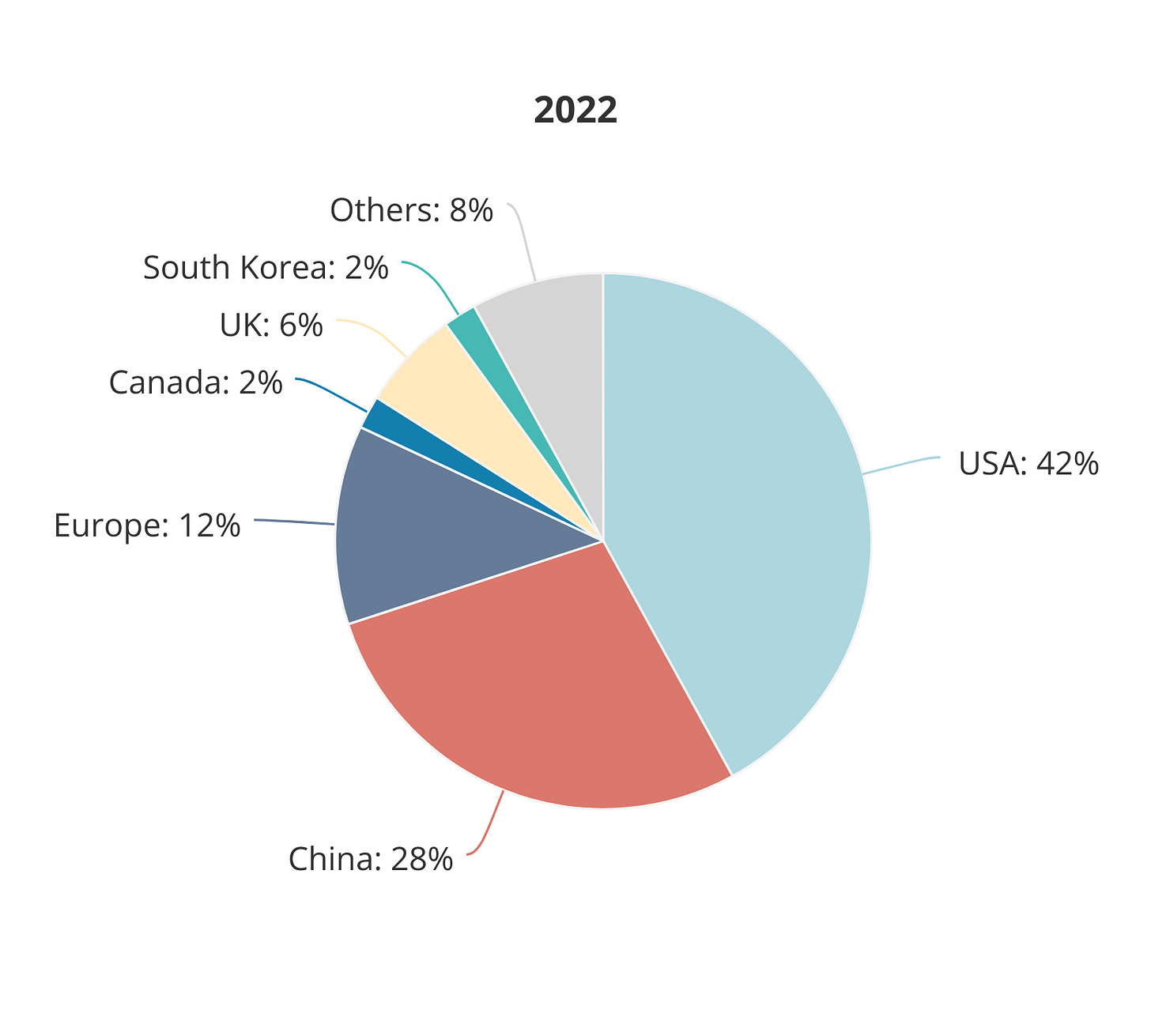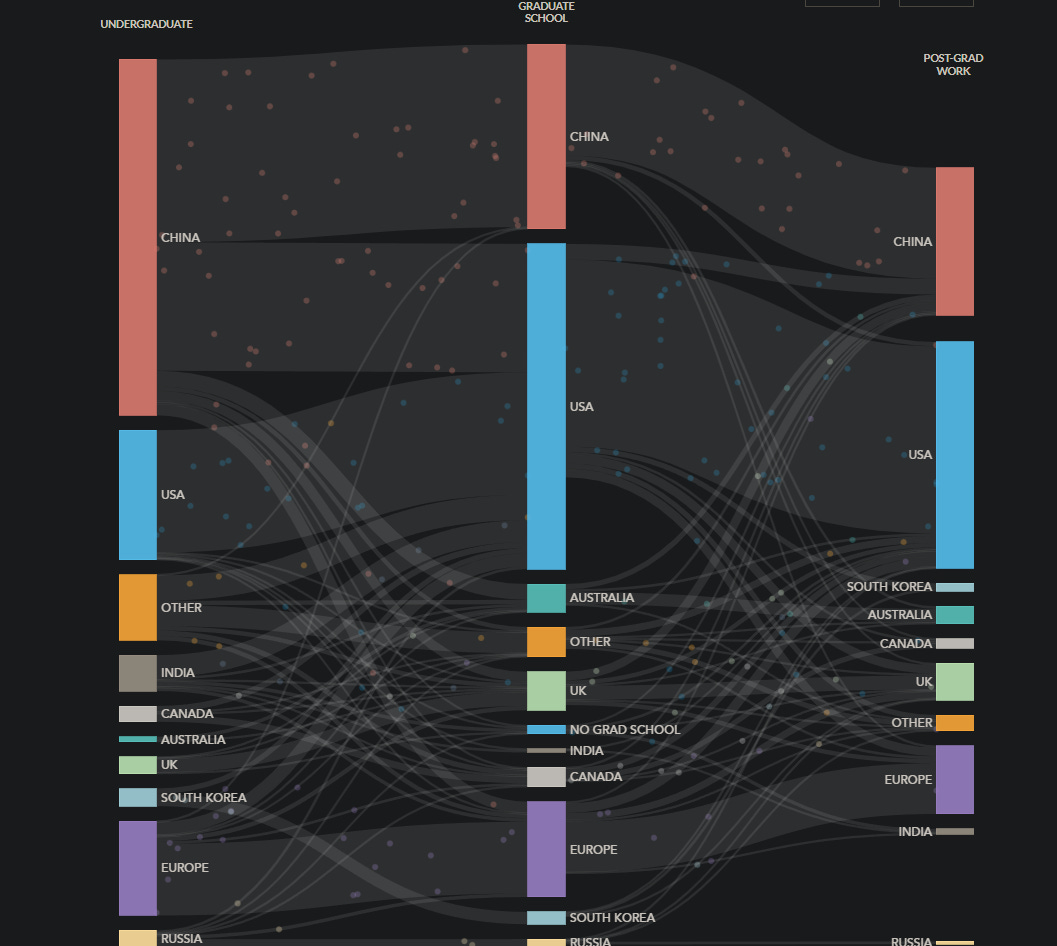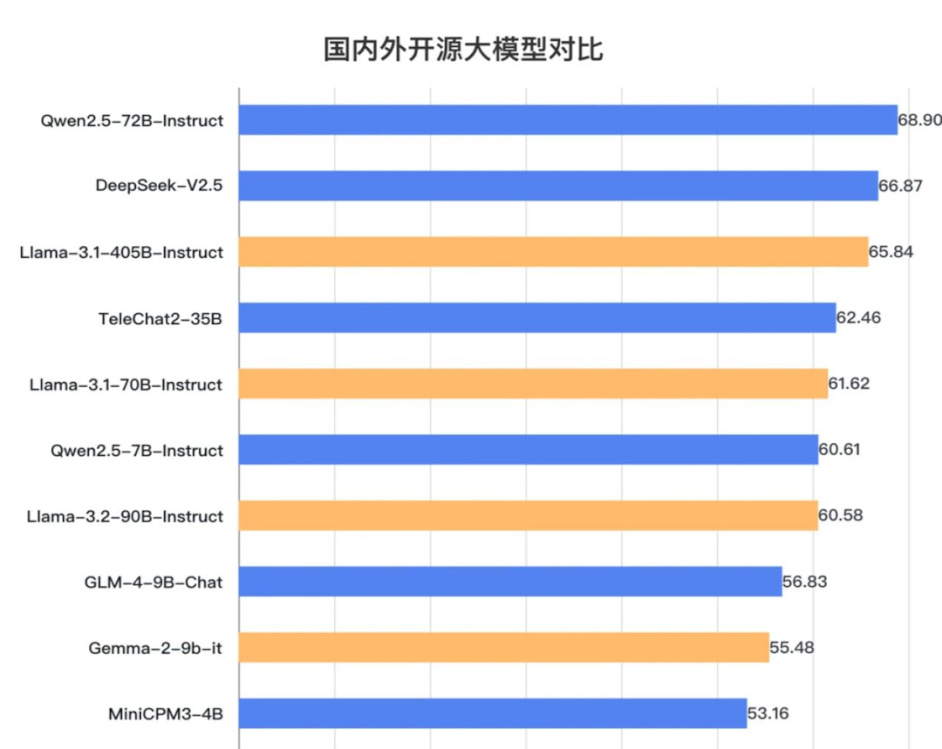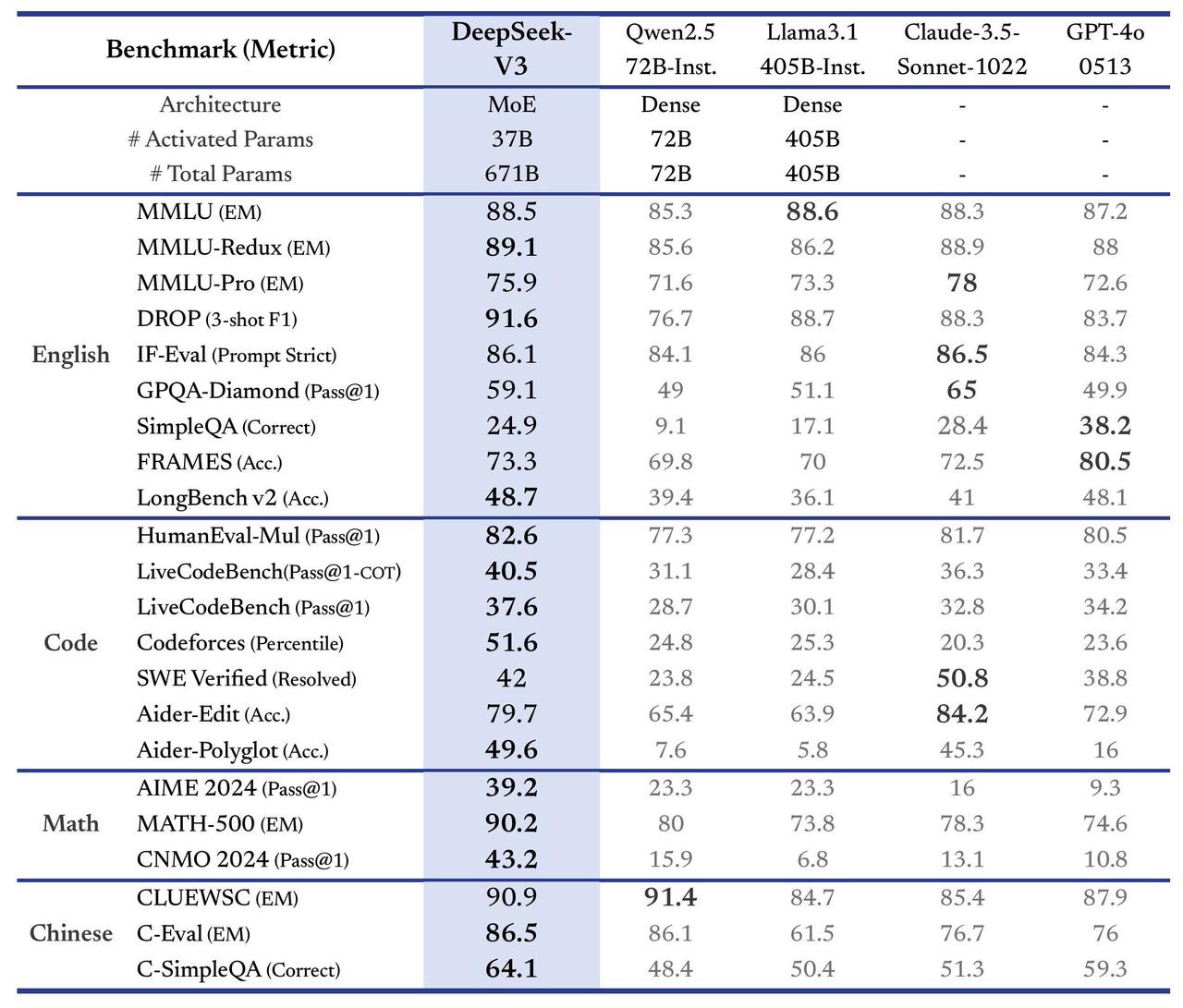For the past two years, you’ve probably been hearing rumblings about how impressive Chinese AI researchers are. The issue is, nothing was breaking through to the mainstream AI space except the occasional research paper. This changed a few weeks ago when the Chinese startup DeepSeek released their V3 model. I decided this was a good time to give you a short introduction to the Chinese AI industry and what it means.
Research
According to the think tank MacroPolo, researchers of Chinese origin make up almost half of the world’s top AI experts, with many of them choosing to stay in their domestic market. This means Chinese industries have access to a large talent pool to draw from, with more and more researchers opting to stay local.
In addition to having a large talent pool of researchers, China isn’t afraid to get its hands dirty with corporate espionage. In China, business and government often work hand in hand. Hacking is a convenient way to fill research gaps if you’re a state actor. AI companies in the US have been breached before and are not infallible. In 2023, a hacker gained access to the internal messaging systems at OpenAI and stole details about the design of the company’s artificial intelligence systems.
Sanctions and work arounds
The Biden administration in the US has implemented export controls to stop high-end computer chips from going to China. This effort aims to slow down Chinese AI progress, but it’s not perfect. Anything illegal tends to create an underground market for people looking to make quick profits. NVIDIA leads the world in the research and production of high-end datacenter chips essential for AI training.
China has found ways to acquire sanctioned NVIDIA chips by going through middlemen and overseas data centers. For example:
Chinese citizens travel back to China with sanctioned chips in their luggage.
Overseas data centers with high-end chips process data for Chinese AI firms.
While US sanctions don’t completely stop the flow of high-end chips to China, they do slow it down and make the chips more expensive. At one point, high-end NVIDIA chips in China were selling for double their original price.
Top NVIDIA AI Chips Ranked by Capability
B100 (Newest - not yet available - Sanctioned)
H100 (Best - Sanctioned)
H800 (Previously purchasable, later sanctioned)
A100 (Sanctioned)
V100 (Sanctioned)
In response to these sanctions, NVIDIA developed alternative models with reduced capabilities to comply with US export regulations for the Chinese market, such as the H20 and L20.
Businesses
China’s LLM AI industry is reportedly more decentralized and less consolidated into a handful of companies like in the US. I believe these smaller startups will eventually consolidate. For example, Alibaba Group announced it had reached a deal with Beijing-based 01.AI to set up an “industrial large model laboratory.” China is also a major contributor to the open-source space, with some of its AI models outperforming top US ones.
Deepseek
Funded by one of China’s most successful hedge-fund managers. DeepSeek started as the AI research unit of High-Flyer, a quant hedge-fund.
Leading Model
Deepseek V3
Newest model as of 12/26/24 developed using now sanctioned Nvdia H800s
Benchmarks provided by DeepSeek (unverified)
DeepSeek said its model bested OpenAI’s on the AIME. An experiment by The Wall Street Journal using 15 problems from this year’s AIME found that OpenAI’s o1 preview model got to the answers faster than DeepSeek, Moonshot and the experimental Alibaba model. In one word puzzle involving strategy in a hypothetical two-player game, the OpenAI program gave the answer in 10 seconds while DeepSeek took more than two minutes.
From WSJ’s testing and the benchmarks, we can conclude that DeepSeek V3 sits in the middle of GPT-4o and o1. This puts China’s leading models about one year or less behind US companies. Unfortunately for China, when it comes to very powerful AI technologies that scale fast, being one year behind could eventually mean you’re 100 years behind.
China has many other companies working on models, including but not limited to:
Alibaba - you all know what this is - Leading model: Qwen QVQ-72B-Preview
Moonshot AI - startup backed by Chinese internet giants Alibaba and Tencent -Leading model: Kimi
01.AI - Beijing startup founded by former Microsoft and Google executive Kai-Fu Lee - Leading Model: Yi-34B
Geopolitical implications
A big issue facing China is demographics. Due to their foolishly instituted one-child policy, they’re expected to face a steep demographic decline. This is a major concern for a nation, fewer people mean fewer workers, fewer taxpayers, and fewer volunteers for military service. Population decline has detrimental effects on the economy. Economic growth relies on productivity, capital accumulation, and labor inputs. At this current trajectory, some US and European economists and demographic experts believe the Chinese could eventually disappear from the world stage.
Unfortunately for China’s rivals, the story is far from over. The progress we’re seeing from China’s AI industry means they might have a second chance. If the Chinese can figure out AI/automation and proper implementation, there’s a big chance they can save their economy from impending doom. Even if the Chinese go through a steep population decline they can outsource their labor to AI. China might not be able top the US in speed, but they’ll likely avoid catastrophic failure and remain on the world stage as #2.
As always, thank you for reading.




